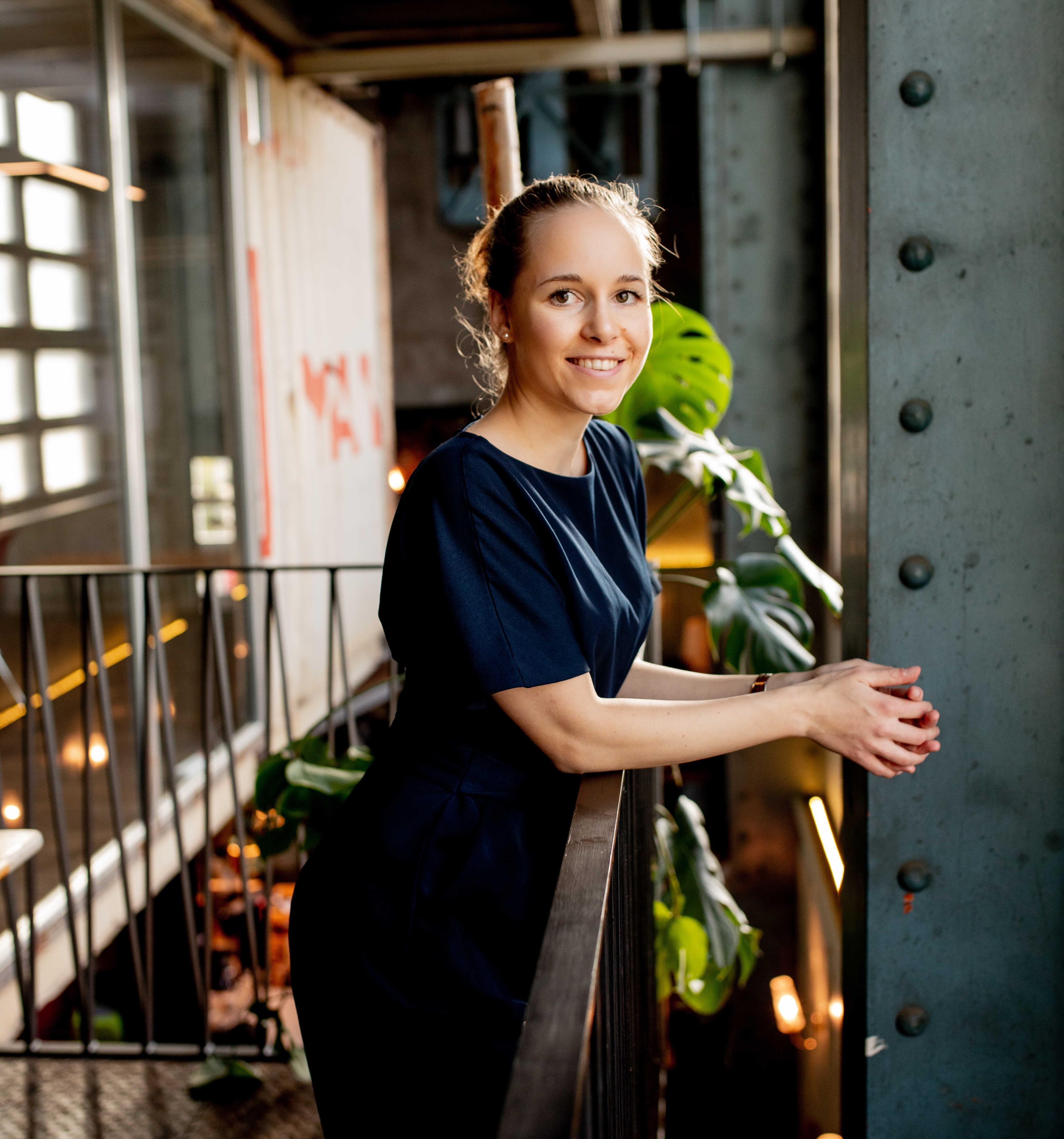This flying robot works at height
Ten years ago, drones experienced an enormous boom. There are now countless drone start-ups. But at Voliro, the drone is finally being put to good use: it is moving away from the flying camera to the flying craftsman.
Voliro AG
20 March 2024
The ETH spin-off Voliro is bringing a new star to the drone sky: a drone that can fly exceptionally stable, remain stationary, and dock onto objects thanks to tilt rotors. This is even with a tool attached to the drone that can carry out work at height. One such job is, for example, measuring paint layers and detecting corrosion. In the future, however, the drone will also be able to apply new layers of paint and varnish, sand down, or perform maintenance tasks.
A drone for physical work high up in the air
The idea behind it: a work drone that enables manual work such as screwing or painting in hard-to-reach places at great heights. "There was a test laboratory for the development of drones at ETH," says Müller, "and I asked myself: how should a drone be designed so that it firstly is stable enough for conducting physical work and secondly, can do this in any orientation?"
"Until now, drones have mainly been used to view things in places that are difficult to reach. We want to add a new dimension by using drones for physical work at height," explains Timo Müller from Voliro. However, his co-founder Marius Fehr adds: "We call them flying robots. Strictly speaking, we are a robotics company, not a drone manufacturer."
Science for impact in a real market
Timo Müller and his team want to take research and development, which originated at ETH, to a level where it impacts real life and does not remain a research project that fizzles out. "We were convinced that there were applications, but for a long time, it wasn't so clear which was the best one to start with. Anywhere you need scaffolding or professional climbers is a potential application," says Müller.
Efficient and reliable work at scale
To ensure the reliability and scalability of its technology, Voliro had to focus. Discussions with customers - mostly inspection companies - and end users were crucial in this process. The result: "Our first use cases show a high-efficiency gain and bring great added value to customers."
This is because specialized industrial climbers typically have to be called in for all these cyclical inspection jobs at great heights. That costs time and money. "By the time they are up there, have checked it and are back down again - we do it in a tenth of the time," says Fehr.
Focusing on the energy sector, mainly in the US
The focus on inspection work at height in the energy sector - wind turbines, oil and gas tanks, power lines, chemical silos, etc. - crystallized when sales were boosted. Running sales and R&D in parallel made it clear that Voliro needed to focus.
Voliro's customers are mainly in the USA. The US market is particularly interesting because of its market size. But: "We have also noticed from the culture that companies in the USA are more open to trying something new. That's one of the reasons why we sell more easily in the USA." The downside is the distance to customers because customer proximity is essential, especially in the initial phase, to help quickly with questions and problems. "That's why we always have one or two people in the USA. And we are currently in the process of setting up an American subsidiary so that we can employ people locally," explains Müller.
Insight into immediate future plans
Other essential steps for commercial scaling are ensuring that the product works reliably, and that customer success is guaranteed. That way, customers will subscribe to two, three, or ten units in the future. Voliro's subscription model ensures that the start-up controls its fleet of robots. The drone, including sensors and software, goes to the customer who leases the flying robot.
Voliro is responsible for upgrades and maintenance of the drones.
Voliro's ambition is to further develop their drone to become fully autonomous. This will eliminate the need for a skilled pilot and will allow Voliro to sell directly to end users. The tools on the drone are currently sensors for inspections, but attachments for repairs and maintenance are to be added. For example, a pilot project is being carried out with Shell, where the same drone can be used to sand down the paint layer in the relevant areas and spray a patch over it after inspecting the corrosion damage. These plans are add-ons that maintain the focus and, together with the strategic growth plans, have led to the SEF.Growth label being awarded.
The author

Alyssia Kugler
Communications SEF.Growth
Alyssia Kugler writes freelance for various publications on topics that concern startups. She is committed to startups as the managing director of the Entrepreneur Club Winterthur.


